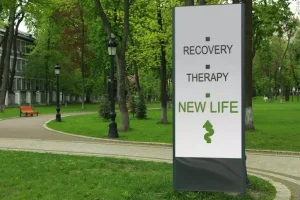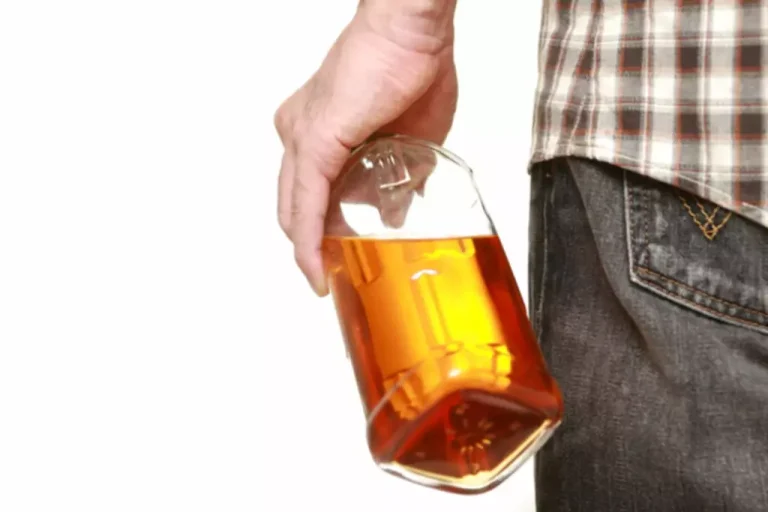
The recovering person may talk themselves into drinking again by creating a strategy for achieving moderation. A person in recovery with an AUD may justify drinking by avoiding hard liquor and only drinking beer or wine, but unfortunately, the disease does not differentiate, and it’s a slippery slope. To justify drinking, people in recovery might pledge not to drink before a certain time of the day or on specific days of the week. While it shows the individual with an AUD is setting boundaries, there is no way for an alcoholic to drink alcohol again in a healthy way.
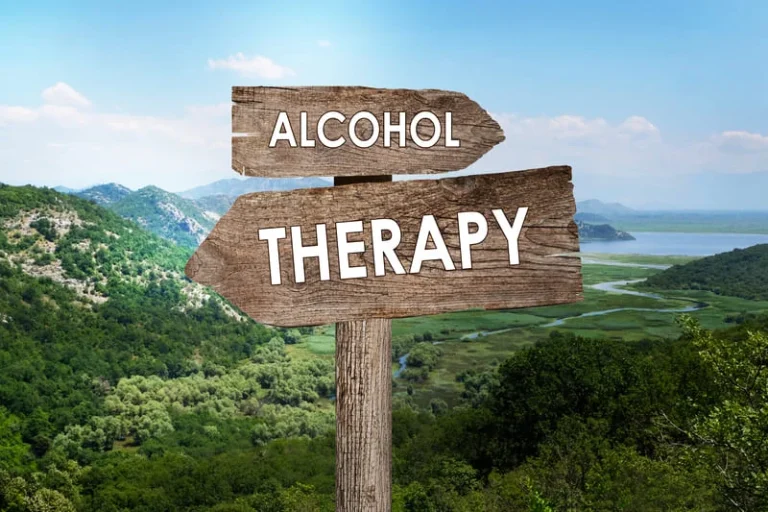
Avoid Old Routines and Habits
One drink is equivalent to 12 ounces of beer, 5 ounces of wine, or 1.5 ounces of distilled spirits. Other emerging medication options include baclofen, topiramate, and gabapentin. drinking again after sobriety These medications are considered “off-label”—meaning they were originally approved for a different purpose, but are considered safe for use in treating alcohol addiction.
The Illusion of Control
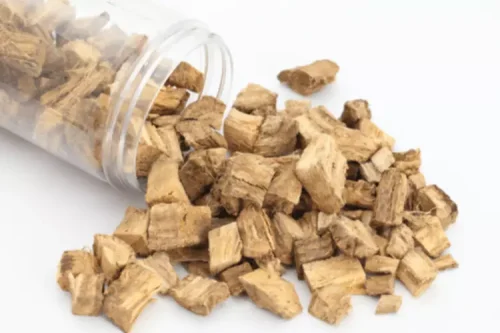
Typically, it takes two hours for your body to metabolize one standard drink. However, the effects of alcohol can last long after your last drink, though the time it takes to sober up after drinking is different for everyone. Just as no one treatment plan fits all people, no one treatment plan may be suitable for the entire time you are in a formal treatment program. Medical support can also wean you from certain substances slowly, helping the brain and body adjust to the loss of the substance more gradually and minimizing some withdrawal symptoms.
What Is an Alcohol Relapse?
Some people feel that relapse prevention is about saying no right before they take a drink. In reality, the physical relapse stage is the most difficult to stop, and it’s a final stage rather than a standalone. If you experience a physical relapse, you might need to return to treatment or revisit your relapse prevention plan. Treatment didn’t fail, and you didn’t either, but a physical relapse can mean that your treatment plan may need to be adjusted or evolve with your changing needs.
- If you or a loved one is showing signs of alcohol relapse, it’s crucial to seek help immediately.
- The first step when learning how to help an alcoholic is knowing when to cut the purse string (or to tell others to).
- Sometimes, we think that a relapse is a failure or proof treatment didn’t work.
- Clinically, Warren has developed a therapeutic skillset that utilizes a strengths-based perspective, Twelve Step philosophies, Cognitive Behavioral Therapy and Motivational Interviewing.
- Anecdotally, many alcoholics, especially those in early recovery, find the relationship with their sponsor a key to avoiding relapse.
Seeking professional help from experts at institutions like Lantana can empower individuals to live a happy and sober life, increasing their chances for long-term recovery by offering valuable education and guidance. When reaching out to family and friends for support, it’s important to choose wisely. If your circle has grown to include individuals who enable or trigger you to drink or misuse substances, they probably aren’t the best people to ask for help since they may prevent you from breaking the cycle of addiction. In fact, your journey to sobriety will likely involve strengthening some relationships and purging others. You may find yourself leaning on your trusted support system a lot and breaking ties with those who do not aid you in your recovery.
Relapse (using substances again after stopping) can and does happen, with 85% of people experiencing relapse at least once and half of them doing so within the first two weeks of sobriety. Then, the first few weeks of sobriety are when relapse risk is highest. Detox can occur in a hospital setting or as the first part of inpatient or outpatient rehabilitation. Some studies find that this structure, along with a start date for sobriety and milestones, is important to some people in recovery. Sobriety can be a fixed-term goal like staying sober for a set period (such as Dry January), or a lifelong goal of staying sober from all substances.
- You can learn more about treatment through some of our sobriety stories.
- It’s helpful to have a relapse prevention plan that considers these triggers, with specifically identified strategies to address them.
- Some people continue to take naltrexone in targeted doses indefinitely, following approaches like the Sinclair Method.
- Most individuals with AUDs are proud of their recovery, but it’s dangerous when the pride inflates their ego, and they believe they can handle alcohol.
Fascinating simulation shows speed comparison between Usain Bolt, a cheetah and an average person
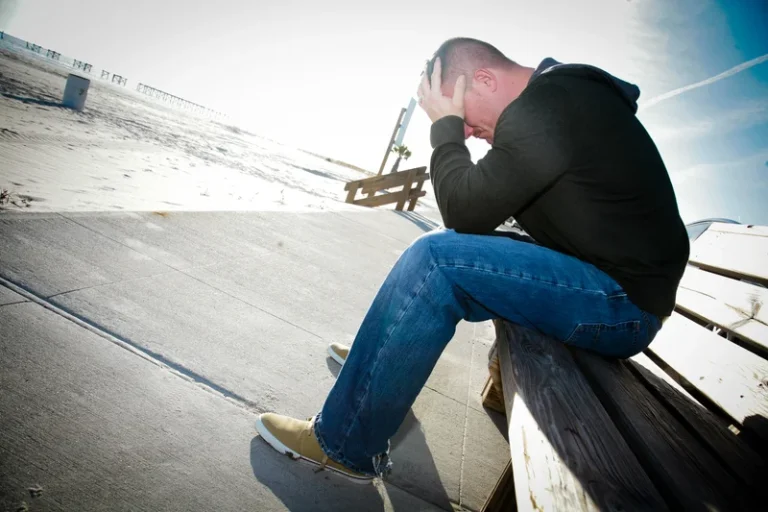
By addressing these challenges head-on, those committed to sobriety can enjoy the many benefits of a sober life, such as improved physical and mental health, better relationships, and increased self-confidence. Alcoholism requires treatment, just like any other medical condition, and understanding the potential https://ecosoberhouse.com/ consequences of consuming alcohol can help individuals make informed decisions to maintain their sobriety. If you choose to drink, do so mindfully—limit how many drinks you have, avoid getting drunk, and talk to a healthcare provider if you suspect you have an unhealthy relationship with alcohol.
- This is often obvious to the people in the individual’s life who support him or her the most in recovery.
- When the time comes to have those important, intimate talks (whether one-on-one or with a small group), choose a location that’s private, quiet, and relaxed.
- This is most easily achieved if your treatment team is managed by a single caseworker, who can track all treatments and therapies, make sure everything is compatible, and advocate for you when changes are necessary.
- Getting support doesn’t have to mean going to rehab, although that is an option.
year-old ‘died for 25 minutes’ after sunburn brought up symptoms of ‘silent killer’
